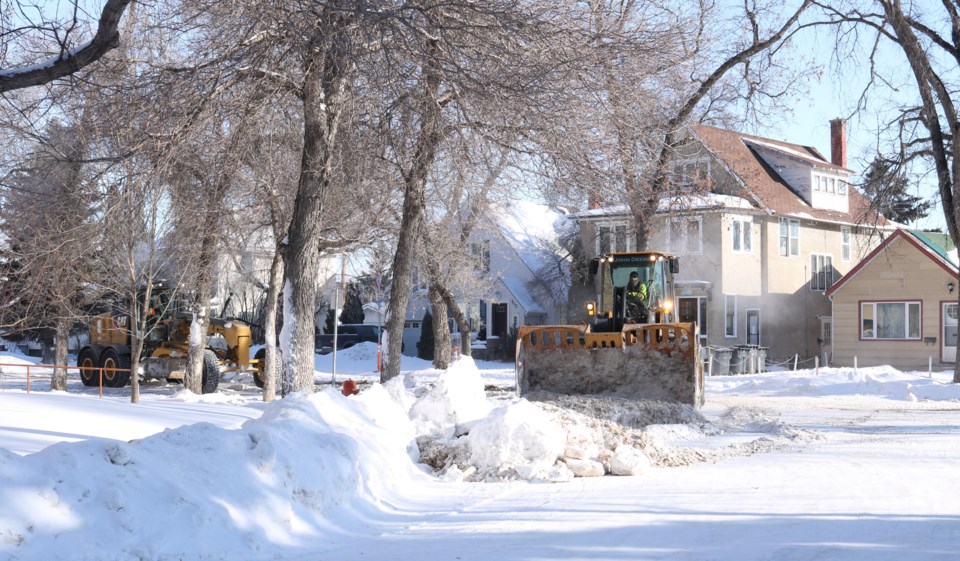The polar vortex has wrapped its icy arms around nearly every inch of the Prairie provinces and northern Ontario this week, drawing warnings from Environment Canada.
As much as the warm temperatures in January were related to climate change, so too, is the recent extreme cold — and it all starts and ends with how a warming planet is changing an enormous climate feature that has the power to dictate weather across the Northern Hemisphere.
The polar vortex is nothing new. It is a low-pressure area that exists over the North Pole, with a mass of cold air circulating counterclockwise.
“I’ve been going to the North for close to 40 years now. And when I first started working in the Arctic, the polar vortex was a thing that was well-understood,” said David Barber, a Canada Research Chair in Arctic System Science and director of the University of Manitoba’s Centre for Earth Observation Science.
“But in those days, it was very constrained as a pressure pattern around the pole. So it was really quite uniform in shape. It would move around a little bit, but it was very much an Arctic phenomenon.”
The difference in the general temperature of warm air in the south and cold air in the North forced the polar vortex to stay in place, and keep spinning in a generally predictable circle, reinforced by the polar jet stream.
But now, as Arctic sea ice disappears and the energy from the warming ocean is released, changes have occurred to the behaviour of this once boring climate feature.
“When the temperature difference across the jet stream is large, it tends to be strong and keeps the polar vortex stable. But when the difference is small, the jet stream tends to be weaker and more susceptible to twisting and curving,” says an online explanation by the University of California, Davis.
In the 1980s and ’90s, Barber explained, in the winter, like clockwork, cold air would build up in the Arctic and the polar vortex would uniformly descend southward over Canada, which would bring the weeks of cold weather the country was known for.
“Going into the early 2000s, we started to notice that the polar vortex was changing shape, quite significantly. So there was the beginning of large lobes that would be drawn down over top of lower latitudes of the planet,” Barber said.
Think of them as arms that reach down from the Arctic and bring freezing cold temperatures with them. These “lobes,” as Barber refers to them, have become more common and stretch further south. Big swaths of the United States are preparing to deal with this deep freeze, as well.
Because a temperature differential on the two sides of the jet stream is needed to keep the polar vortex in check, it is important to note the Arctic is warming at two to three times the average global rate.
A paper published by the Bulletin of the American Meteorological Society in 2018 found in the last four decades, the deterioration of the polar vortex has become much more common, especially in January and February.
Barber said the polar vortex lobes have two sides of them: one that sends cold air south, another that sends warm air into the Arctic. In January, Winnipeg was on the other side of one of these lobes, as warm air rushed over the city headed north.
In addition to changes in the shape of the vortex, researchers are watching as it occasionally splits into multiple vortices, as it did in January.
Researchers have also noted the circulation of the air isn’t spinning as fast as it used to, Barber said. This helps to account for why the weather that comes with these lobes seems to stall out and stick around.
“This is what makes it so confusing for people, because people think of global warming as this monotonic increase in temperature, which it is not,” Barber said.
What he is watching for now, is the answer to the question of what comes next.
“I think the best guess is we’ve already passed the point where the polar vortex is going to behave the way it used to 40 years ago,” Barber said.
“And these lobes are going to continue until such point as we reduce the amount of ice in the North too much in the winter, in which case, this thing will probably break down altogether.”




